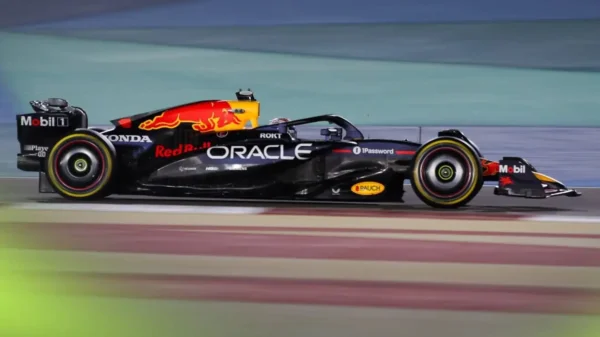Introduction: The Bahrain Grand Prix Unveiled
After the exhilarating highs of the Japanese Grand Prix, the latest Bahrain round sharply highlighted Red Bull Racing’s car struggles. While Max Verstappen initially masked some of the RB21’s deficiencies in the season’s opening races, the stark contrast compared to last year’s performance is glaring. What has transformed Red Bull’s narrative since the 2024 Bahrain Grand Prix?

From Glory to Grit: A Year in Review
During the 2024 season opener at Sakhir, Verstappen delivered the fifth Grand Chelem of his career, leading a Red Bull 1-2, leaving closest competitors trailing by nearly half a minute. Fast forward to this year’s Bahrain round; despite a mid-race safety car, he found himself over half a minute adrift from the winner, lamenting the car’s lack of balance and poise. The media, including PlanetF1.com, immediately focused on the seismic shifts occurring within the Red Bull team.
High-Profile Departures and Continuing Loyalty
Significant departures have undoubtedly impacted Red Bull’s performance trajectory. Most notably, Adrian Newey departed, claiming a role at Aston Martin after a storied tenure. Rob Marshall, the chief engineering officer, followed him to McLaren, while Jonathan Wheatley embraced an opportunity with Sauber/Audi. Yet, amidst these losses, key figures like Paul Monaghan and Pierre Waché maintained their commitment to Horner’s camp, raising questions about the team’s future direction.
As the RB21 continues to adapt within the existing regulations, it grapples with implications from past decisions. Red Bull’s ongoing struggles only amplify concerns regarding Verstappen’s future amid the shifting landscape of F1. As the narrative unfolds, the question remains: can Red Bull reclaim its former glory, or are they destined for a continued fight just to stay relevant?
